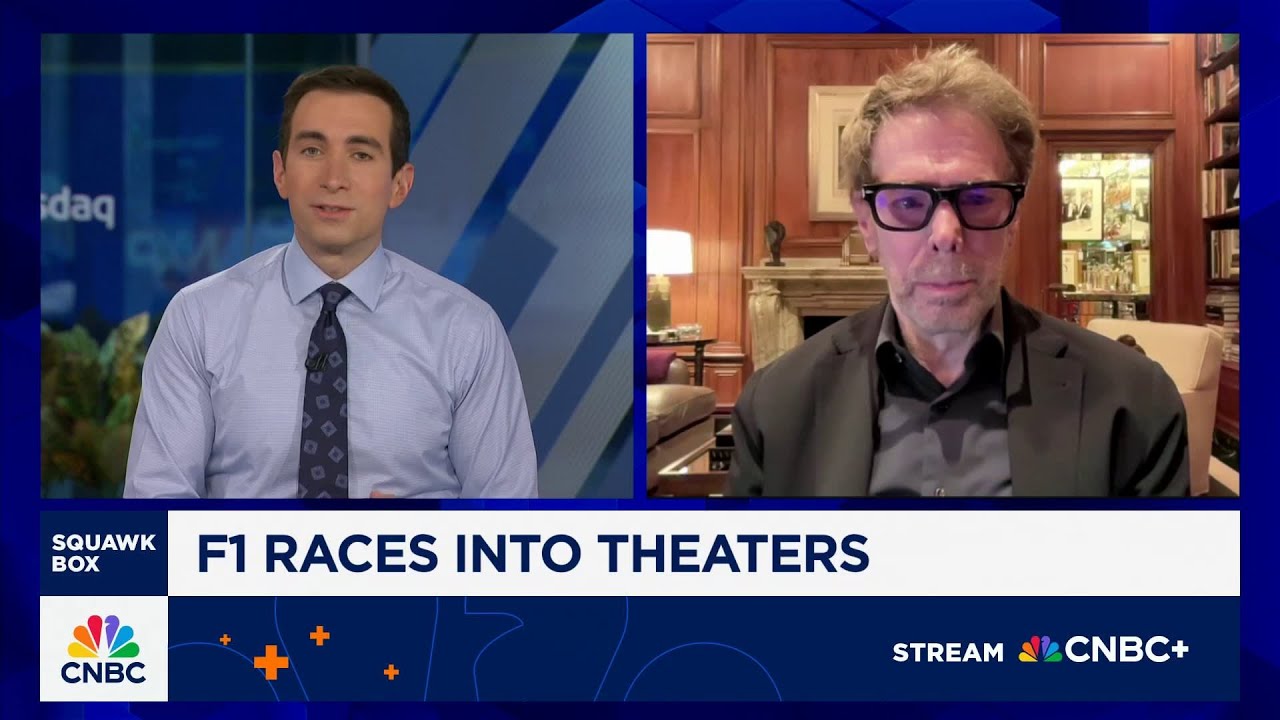Producer Jerry Bruckheimer praised the unexpected $144 million box office success of “F1,” highlighting its authentic storytelling, innovative production techniques, and strong appeal as a non-sequel film in a challenging market. He also discussed the evolving Hollywood landscape, expressing optimism about the coexistence of streaming and theatrical releases, the importance of protecting actors, and the need for captivating content to engage younger audiences.
In a recent interview, legendary producer Jerry Bruckheimer discussed the impressive box office debut of the film “F1,” highlighting its significance for Apple as it expands its commitment to theatrical releases. Despite initial low tracking predictions, the movie opened to $144 million, marking Brad Pitt’s biggest opening ever. Bruckheimer emphasized the film’s unique position as a non-sequel success in a challenging market, attributing much of its appeal to its authenticity and engaging storytelling.
The genesis of the film stemmed from director Joe Kosinski’s inspiration after watching the Netflix series “Drive to Survive,” which focuses on the underdog teams in Formula 1 racing. The production involved close collaboration with F1 champion Lewis Hamilton, who became a producer on the film. Brad Pitt and co-star Damson Idris underwent extensive training to drive real F1 cars, with Mercedes building a custom car for the movie. The film utilized innovative camera technology, including enhanced iPhone cameras, to capture the high-speed racing experience authentically.
Bruckheimer reflected on the challenges of launching original films in today’s industry, noting the rarity of non-sequel hits. While hopeful for a sequel, he acknowledged that its timing would depend on audience demand. He also shared insights on the evolving landscape of Hollywood, where streaming platforms have revolutionized content creation and distribution. Despite concerns about the impact of streaming on traditional theaters, Bruckheimer believes both theatrical and streaming models can coexist and thrive, offering diverse opportunities for storytelling.
Addressing the future of the industry, Bruckheimer expressed optimism about the role of streaming in nurturing new talent and expanding creative possibilities. He emphasized the importance of maintaining protections for actors and ensuring that projects align with their interests, highlighting ongoing agreements with industry unions like SAG. He sees technological advancements as beneficial for producing content more efficiently and effectively, ultimately supporting the growth of the entertainment business.
Finally, Bruckheimer discussed the challenge of engaging younger audiences who are accustomed to fast-paced digital content. He stressed that films and TV shows must be immediately captivating to hold their attention. “F1” succeeds by combining emotional depth, humor, romance, and thrilling action, making it an exciting experience best enjoyed on the big screen. He believes that immersive, high-energy films like “F1” can still draw families and younger viewers to theaters, offering a communal and unforgettable entertainment experience.
